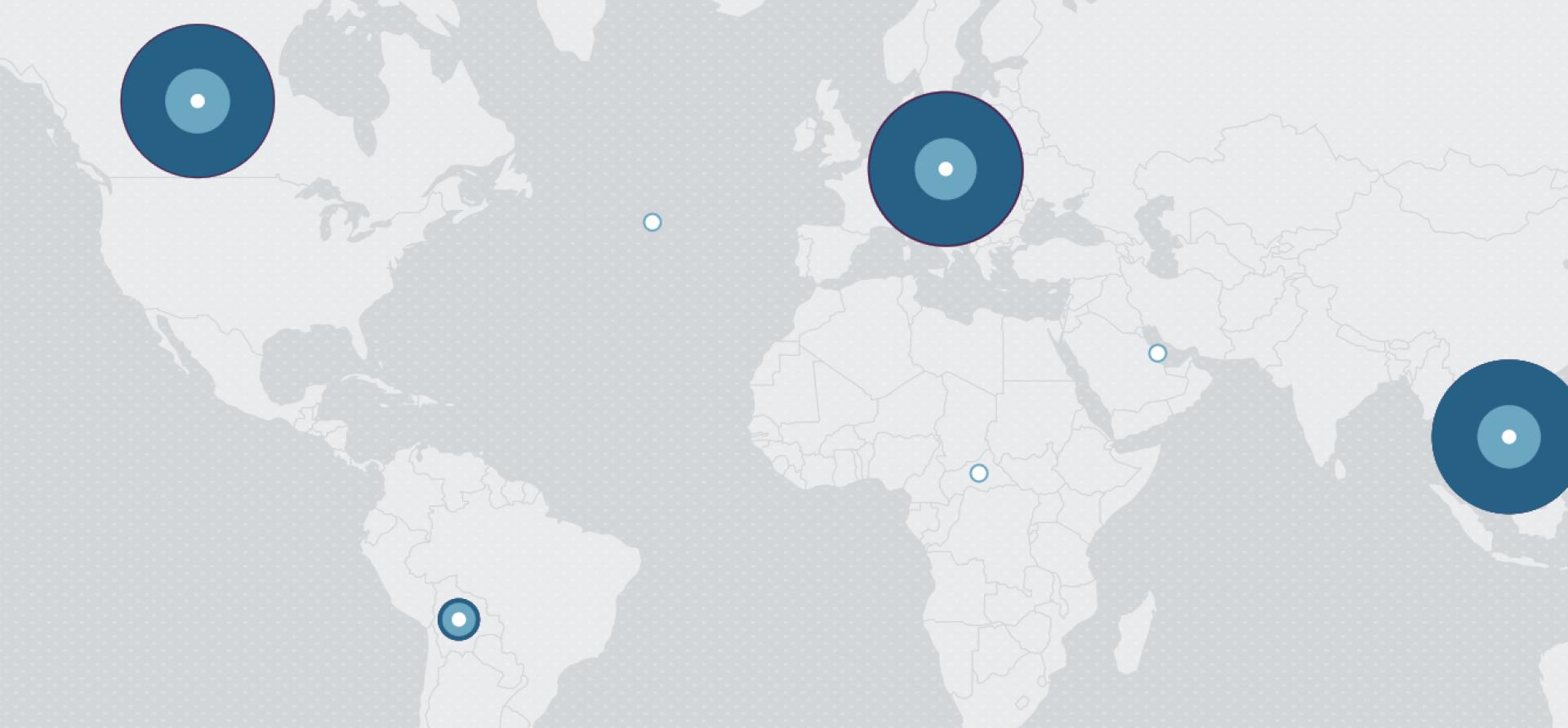In Norway’s Divestment, Consequences for Almost 50 Coal-Burning U.S. Utilities

As Norway’s parliament moves to order the country’s gigantic pension fund to pull back on its investments in risky coal-centric companies, its actions spell consequences for a long list of U.S. utilities and energy conglomerates.
In a press release we just posted, we list the nearly 50 U.S. companies that stand to be affected.
Public pension funds everywhere would probably do well to heed Norway’s move — it’s a clear signal that these companies are losing favor with investors. Other institutional investors should take notice, too, including university endowment funds and corporate pension funds.
Last year, Norway divested from pure-play coal companies that included Alpha Natural Resources, Arch Coal and Peabody Energy. That move probably saved the $900 billion fund, Government Pension Fund Global, a bundle of money. Now the fund will step further toward divestment by targeting coal-burning utilities that remain stubbornly supportive of an industry that is in permanent decline and that is exposed more and more every day to risks associated with public pressure and regulatory policies driven by environmental and climate-change issues.
Many large pension funds don’t want to hear this news, and many fund managers are reluctant to abandon coal-centric stocks because it runs against their bureaucratic grain. These managers will argue that form trumps substance, and that the portfolio theory they follow requires an index-driven approach that cannot preclude the kinds of stocks Norway has eschewed.
When a fund is losing money at catastrophic levels on an investment, and when there is no reasonable chance for a turnaround on that investment, action must be taken. Arguments to the contrary are largely academic. In the real world, investment funds are designed to make money, not adhere to outmoded investment designs when they lose money. Typical investment strategies assume cyclical ups and downs—and they generally work, but not for investments in companies with such long-term, last in class performance. The coal industry is in deep structural decline, having failed persistently for four years running now and facing an outlook today that sees recovery taking six years at least.
What has happened in Norway is that the fiduciary, the Norwegian parliament, has decided it has had enough. It had performed its diligence —over time the fund engaged with coal companies, assessed the growing environmental and climate risk and finally considered the financial losses and risks going forward. As the Norway story has unfolded, it has demonstrated how the question of coal divestment, first and foremost, must be answered by the fiduciaries of a fund, not its agents, staff or money managers. What’s at stake is much more than the careers and fees of investment professionals. So Norway’s elected officials have told its money managers to divest from coal and to find a way to retain the profitability of the fund. That should not be a difficult task. Coal stocks have lost 70 percent of their value over the past five years while the global stock market has seen appreciable gains.
The divestment movement only adds to the coal industry’s woes, as it represents the voice of clean air and water and demands a solution to the problem of climate change.
Among the many U.S. coal-supported utilities that may lose investors as a result of Norway’s move are a number we have been watching now for quite some time:
- Alabama Power, notorious for its close relationship with the coal industry and its deeply entrenched avoidance of public scrutiny.
- American Electric Power, which has staked much of its survival on sticking ratepayers with the high costs of keeping its many outdated coal-fired power plants running.
- Dominion Resources, which invested $1 billion in scrubbing technology at its money-losing Brayton Point Power Station in Massachusetts only to sell the plant for a fraction of the cost (it is now being closed by the new owner).
- Duke Energy, which is facing up to $10 billion in cleanup costs for the environmental havoc it has wreaked across North Carolina with its enormous coal-ash mess.
- FirstEnergy, a failing utility that is seeking a major ratepayer-subsidized turnaround.
- NRG Energy, whose Huntley Generating Station in Western New York is financially unviable.
- Southern Company, owner of the Kemper County experimental coal-gasification plant that is creating economic hardship for ratepayers across Mississippi.
Pension funds, which have a fiduciary duty to make money, have no business owning any of the coal companies, which have already lost billions and are looking to lose more. The coal industry is deaf to investor inquiries, backward on innovation, arrogant in the face of public concerns about the environment and climate, and unprepared to handle rising competition in the new-energy economy.
The same can be said of its utility-industry allies.
Tom Sanzillo is IEEFA’s director of finance.















